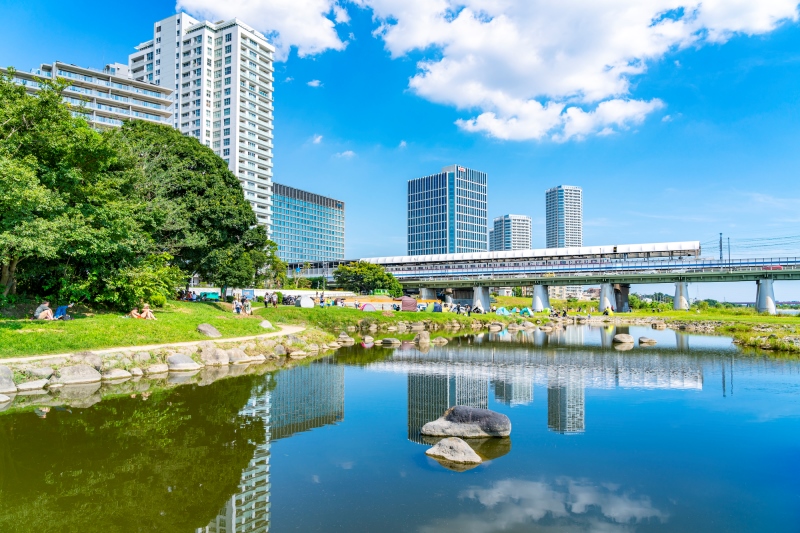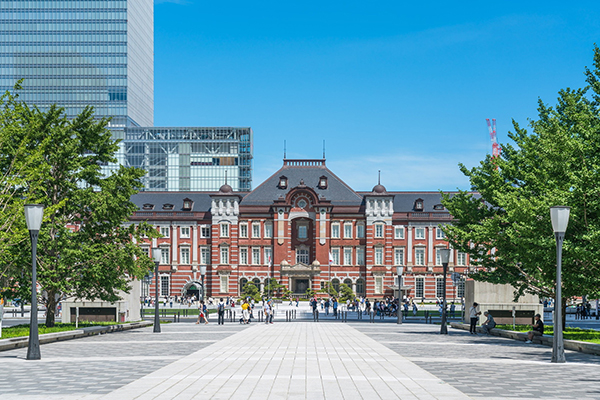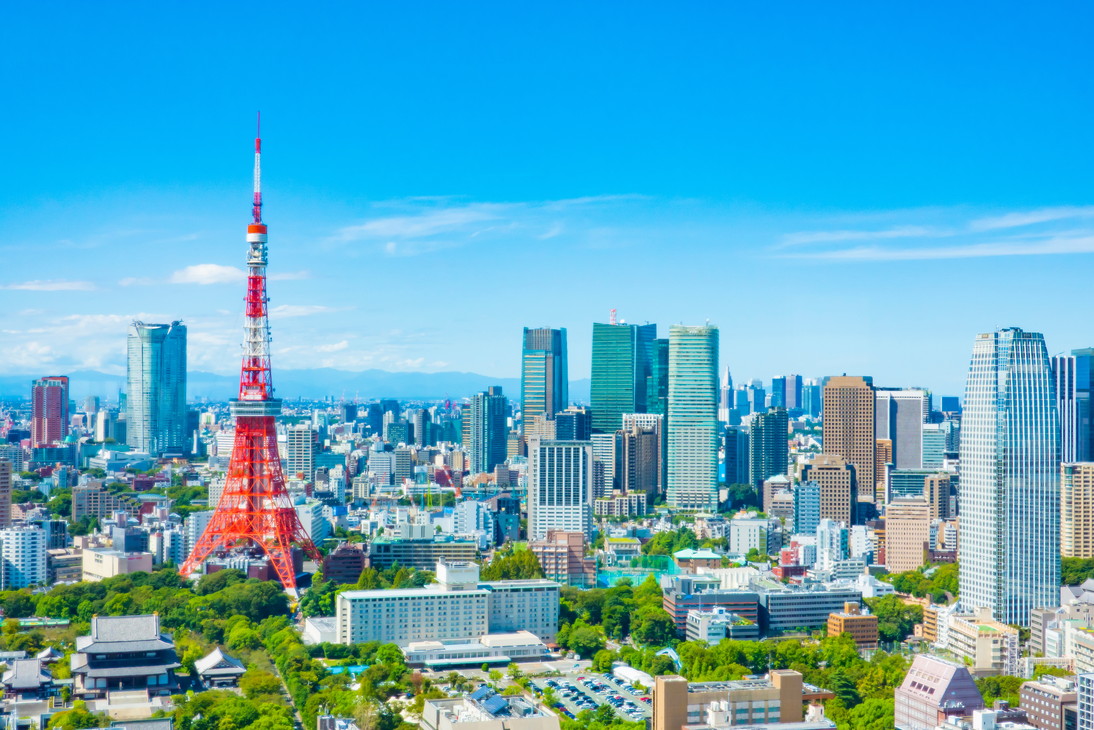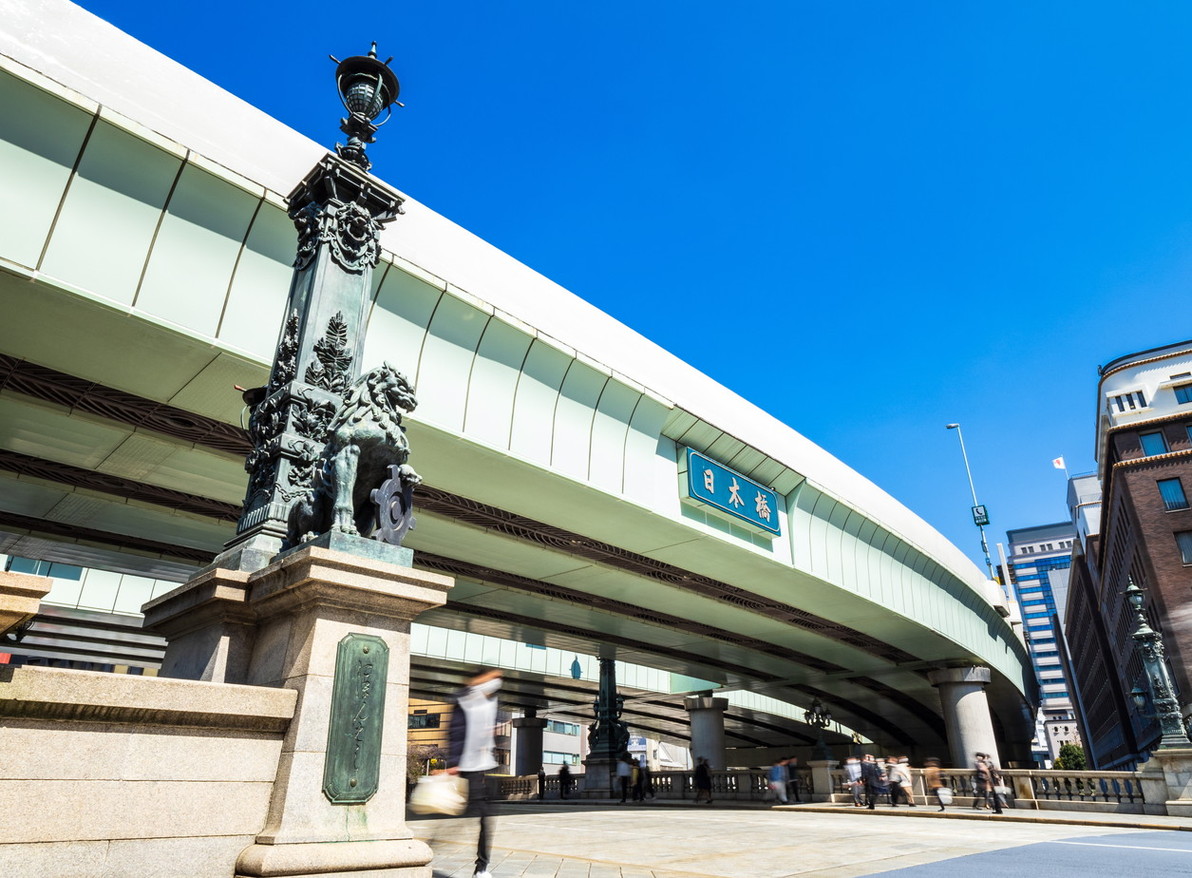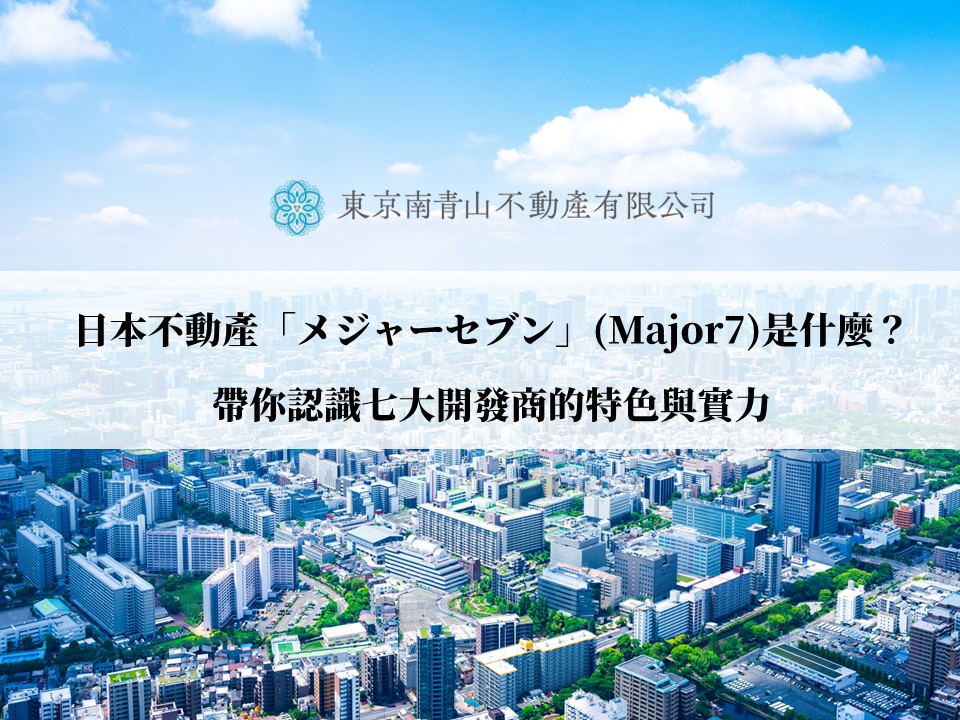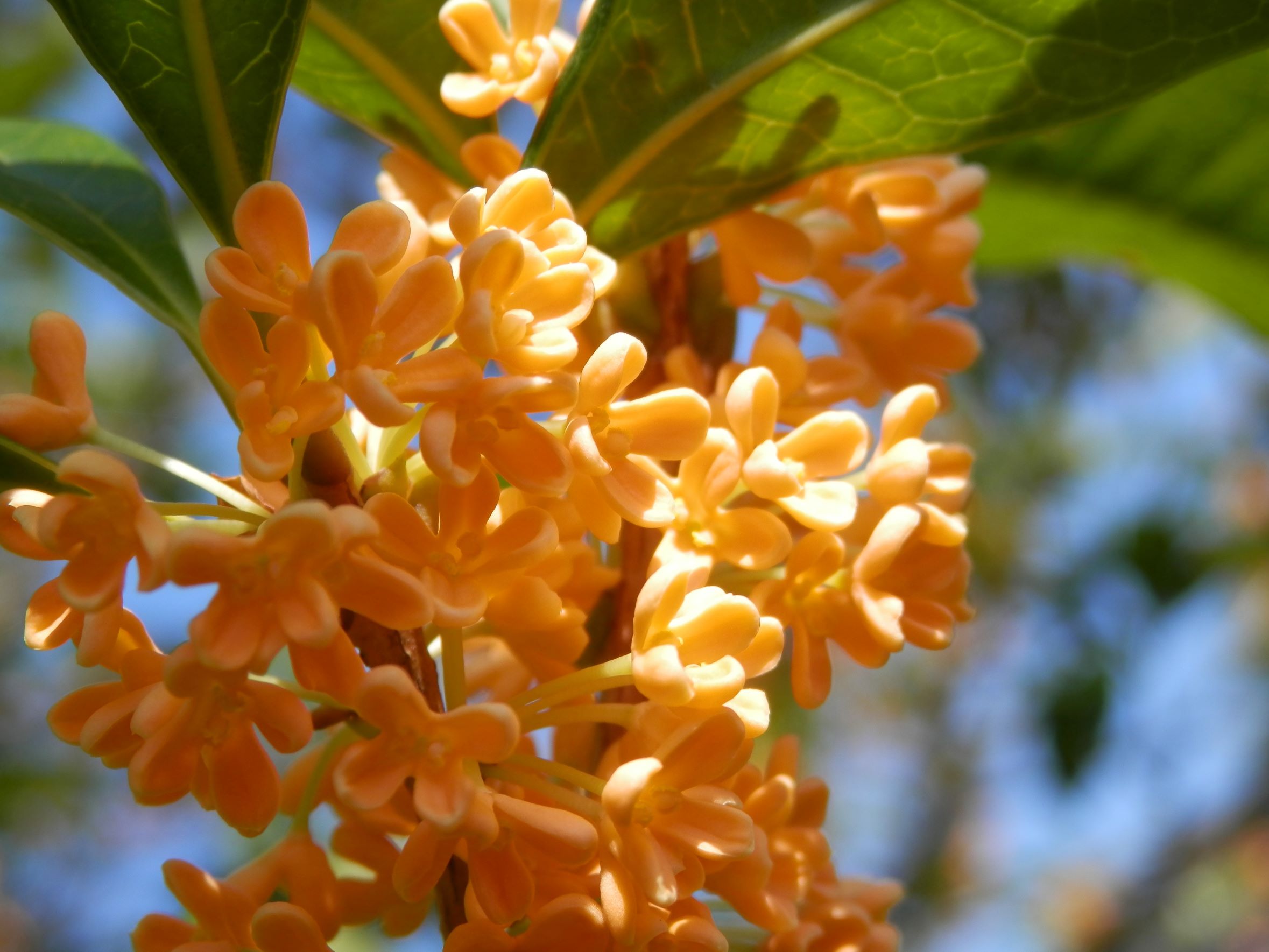Situated in the western part of Tokyo's 23 wards. It has the second largest area of the 23 wards of Tokyo, and is by far the most populous with approximately 920,000 inhabitants (as of 2022), nearly 200,000 more than the Nerima Ward which is in second place.
Setagaya Ward comprises various areas with different attractions.
There are quiet luxurious residential areas such as Seijo, and Kyodo and Chitose Karasuyama, which are dotted with convenient shopping streets. The fashionable commercial areas of Shimokitazawa and Futakotamagawa are also popular. Shimokitazawa is also well known as a sacred place for subcultures. Setagaya Ward is also characterised by the presence of some of the largest parks in Tokyo, such as Kinuta Park and Setagaya Park, and areas rich in nature, such as Todoroki Valley and the Tama River.
Setagaya Ward has attracted many people because of its well-balanced arrangement of all urban functions and the 'livability' that has been further selected and matured over the years.
Kinuta Park
Futako Tamagawa
■1 Setagaya in the Far Past
How did Setagaya Ward become such a town? Let's unravel it by tracing its history.
Long ago, a large part of Setagaya Ward was covered with forest. The Tama River was wider than it is today, and the upper part of the Musashino Plateau, which includes most of Setagaya Ward, was forest, while the lowland area below the 'Kokubunji Cliff Line' was grassland because of the Tama River's flooding. Therefore, it was on the cliffs that people began to settle.
Pottery from the Jomon and Yayoi periods and remains from the Kofun period have been excavated in the area. The largest archaeological site in Setagaya Ward is the 'Noge-Otsuka Burial Mound' in 'Tamagawa Noge-cho Park' on the cliff line, which is believed to be the tomb of a powerful family from the 5th century. It shows that there was already a well-developed society during the Kofun period.
Noge-Otsuka Burial Mound
Noge-Otsuka Burial Mound
■2 Premodern Setagaya
The first towns were established along the 'Oyama Kaido'. The Oyama Kaido was a route for worshippers to the Aburi Shrine (Oyama) in Isehara and was built around the 8th century.
The Oyama Kaido started in Akasaka, proceeded along Setagaya street from Sangenjaya, passed through Boroichi street, went south from Genmaki to Yoga and crossed the Tama River by ferry at Futako Tamagawa. In the Kamakura period (1185-1333), the Kamakura Kaido Middle Road entered Setagaya from the north and followed the same route as the Oyama Kaido. The first town was founded near Boroichi street (south of Setagaya Station), where the two roads converged.
In the Muromachi period (1336-1573), 'Setagaya Castle' was built and Setagaya was ruled by the Oshu Kira clan, which had close ties to the shogunate. Setagaya developed both as a castle town and as an inn town for travellers to Daisen and Kamakura.
The 'rag market', a winter tradition in Setagaya that continues to this day, began in 1578 under the 'rakuichi/rakuza ordinance' of Oda Nobunaga and the Odawara Hojo clan. It is the oldest existing flea market in Japan.
■3 Setagaya in Modern Times (Edo Period)
During the Edo period, land around Edo was divided among the various feudal lords. Setagaya was given to the Hikone Domain (Shiga Prefecture) and became the 'Setagaya domain of the Hikone Domain'.
At this time, 'Gotokuji Temple' became the family temple of the Ii family of the Hikone clan. Gotokuji Temple is said to be the 'birthplace of the beckoning cat', originating from a legend that Ii Naotaka, the lord of the Hikone domain, was beckoned by a cat on his way to hawk hunting and entered the temple, which enabled him to escape a thunderstorm.
At this time, the Daisen Kaido played a role as a route for transporting local specialities such as tobacco from Hadano and sweetfish from the Sagamigawa River to Edo, and the great boom in Daisen worship among the general population also meant that many people passed this route. In addition, the Koshu Kaido (road) was newly opened in northern Setagaya in the early Edo period (1603-1868), and inn towns also sprang up along this road. In Setagaya Ward, a new inn town was established in Shimotakaido.
Areas outside the Kaido continue to develop as rural areas. The cultivation of vegetables and cereals for Edo gradually increased. The Setagaya's own daikon radish, called 'Okura daikon', was particularly well known.
Maneki neko (beckoning cat) at Gotokuji Temple
Jidaiyubori Park, a recreation of a rural landscape from the late Edo period to the early Showa period
■4 Setagaya from the Meiji Era to the Prewar Period
After the end of the Edo period and the abolition of feudal domains in 1871 during the Meiji era, Setagaya finally became part of Tokyo Prefecture (partly Kanagawa Prefecture).
Around the middle of the Meiji period, army land in the city centre became too limited and was relocated one after another to the suburbs, and many army facilities such as training camps were transferred to what is now Setagaya Ward. Many soldiers and trainees began to gather in the area, which also developed as a commercial area.
From the late Meiji period onwards, railway development proceeded at a rapid pace. In Setagaya, the Tamaden (Tamagawa Electric Railway and streetcar) opened in 1907 and became the prototype for the current Tokyu Denentoshi Line. The Keio Line opened in 1913, the Tokyu Setagaya Line in 1925, the Tokyu Toyoko Line in 1926 and the Odakyu Odawara Line in 1927, creating new towns along the lines.
The area also developed as a residential and holiday resort. In Tamagawa Village, centred on Futako Tamagawa, restaurants and inns sprang up, and the Tamagawa Amusement Park opened at the same time as the Tamaden line, strengthening its character as a recreational area. In addition, businessmen and politicians built villas on the high ground along the Kokubunji cliff line (Okamoto, Seta and Noge), where the views were excellent.
Setagaya's population grew rapidly after these events, but it was the Great Kanto Earthquake of 1923 that spurred on the growth. Many buildings were destroyed in the city centre, causing a population exodus to the suburbs, and many people moved to Setagaya.
In 1932, Setagaya, which had been 'Setagaya-cho, Ebara-gun', merged with four neighbouring towns and villages - Komazawa-cho, Matsuzawa-mura and Tamagawa-mura - to form 'Setagaya-ku, Tokyo'. Four years later, Kinuta Village and Chitose Village were added to form the current Setagaya Ward.
Setagaya Line
City view from Sangenjaya
■5 Postwar to Present, Development as a Housing Estate
After the Second World War, the population influx into Setagaya accelerated as the concentration of people in Tokyo accelerated. Residential areas expanded beyond the station area, buildings in front of the station and along the roads were converted into shops, farmland was sold off and converted into residential land, and by the end of the period of high economic growth, much land had become residential land.
After the war, construction of housing complexes was also popular. Setagaya Ward had a lot of military land and air defence green areas, which were converted into housing estates, parks and school sites to accommodate the growing population.
The image of Setagaya as a residential area became firmly established, partly due to the influence of the cartoon Sazae-san. Sazae-san was first animated in 1969 and has continued to depict the daily lives of three generations of families living in Setagaya Ward for more than 50 years. It is one of the most famous animated films in Japan today. The town where the author Machiko Hasegawa lived and used as a reference for the manga was Sakurashinmachi.
Residential area of Sakurashinmachi
Sazae-san statue in Sakurashinmachi
■6 The future of Setagaya Ward
Setagaya Ward continues to develop to this day. When discussing Setagaya, it is important to mention 'Shibuya' and 'Shinjuku'. Setagaya's proximity and easy accessibility to these two mega cities means that as they develop, Setagaya's liveliness will also increase. Given the large-scale redevelopment projects currently underway in Shibuya, expectations for Setagaya's future are also high.
The Setagaya Ward Office is currently undergoing a redevelopment project, with a new ward office building due to be completed by 2027. The 10-storey building will have a citizens' hall adjacent to it, which will make use of some of the existing buildings, and will become a new centre for culture and the arts.
Setagaya is also known for its narrow and complicated streets, which have been derided as the 'Setagaya labyrinth'. However, this is gradually improving, and road expansion projects are being carried out in many areas, including the construction of a new road stretching from Mishuku to Nakano and the widening of Inokashira street. Railways in the district are also being elevated or underground, and the Keio Line is currently being elevated.
A project to connect the Tomei Expressway with the Gaikan ring road is under way on Tamadsutsumi street, which, when completed, will dramatically increase the convenience of the motorway.
Over the years, Setagaya Ward has continued to develop. Many of the residential areas have already been in existence for more than 100 years and, unlike the new residential areas that have recently opened, the area has a calmness that raises expectations for further development in the future.
Setagaya Ward Office
Shinjuku subcentre and towards Shibuya and Setagaya ward
■A column: Experience traditional culture in Setagaya
The Setagaya rag market in Setagaya Ward has been going on for about 450 years since the 16th century and can be described as a formless cultural heritage: from the 16th to 18th centuries it was called a 'yearend market', where mainly farm tools were bought and sold, but from the Meiji period onwards, old clothes and rags were increasingly handled, and it became known as the 'rag market' at some point.
Today, miscellaneous items are bought and sold, but the market has a treasure-hunting aspect, as old folk tools and crafts are often sold at low prices. The market is held for four days on 15 and 16 December and 15 and 16 January and usually attracts around 200,000 visitors.
One of the unique aspects of the rag market is the shops selling Japanese sword tsuba (sword guard). During the Edo period, various designs developed as decorations for warriors, and at 'Ryuken' they produce tsubas by reproducing the materials and manufacturing methods used in those days. You can enjoy tsubas, which were fashionable in the Edo period, as straps or decorations. The 'Ryuken' workshop is located in Mishuku, Setagaya Ward. Nearby on Boroichi street is Bunei-do, a Japanese sword-grinding workshop, where visitors can feel a piece of Japanese history.


